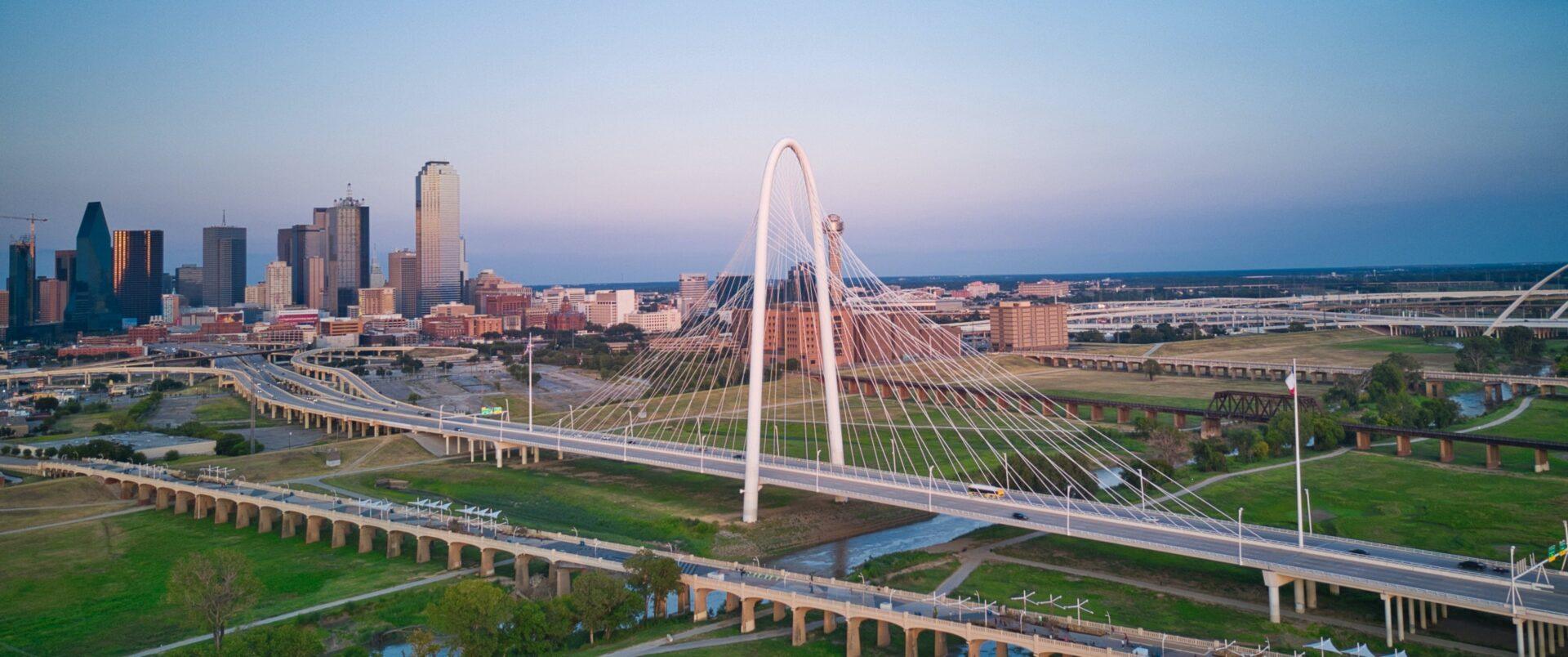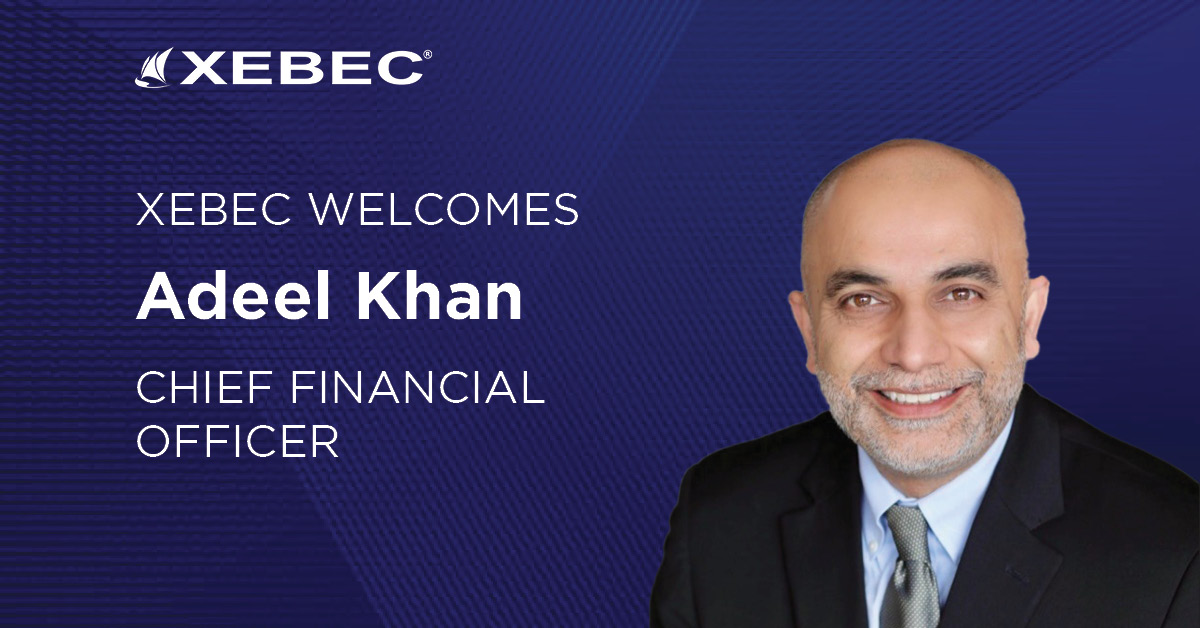XEBEC CEO DISCUSSES $475M COMMITMENT, FOCUS ON INTERMODAL PROXIMITY
By Ryan Salchert – Staff Writer, Dallas Business Journal
Jul 2, 2021
Many exciting real estate opportunities exist right now in the eyes of Randy Kendrick, co-founder and CEO of Xebec. Now, with a recent injection of nearly $500 million, the company is ready to pounce on more opportunities, including some within Texas. Last week, the Dallas-based real estate firm announced a $475 million commitment from global real estate firm BentallGreenOak. The partnership includes an initial $170 million joint venture in Xebec Logistics Trust, LP and an initial commitment of up to $305 million for future investment opportunities. With a focus on industrial real estate investment and development, Xebec has been active in a few markets recently, including its former home base of Los Angeles County. Most of XLT’s 2.8 million square feet of assets are located there. Xebec is also underway with two 1 million-square-foot speculative warehouses in Wilmer, which are scheduled to deliver by the third quarter of 2022.
Following news of the capital partnership, the Dallas Business Journal spoke with Kendrick about what markets he’s most bullish on right now, what projects Xebec is working on in Texas, and what kind of tenant interest he sees in the market for extra-large warehouses.
A majority of XLT assets are located in Southern California. How important is that market for your company right now?
We started our company 35 years ago in the central market of Los Angeles, so we’re very active there. According to the LA Business Journal, we’re the second-largest sector-specific industrial development platform in Los Angeles County, only behind the Watson Land Company. Because we started there so long ago and have such a large footprint there, it will always be very important.
It’s become just one of the gateway markets that we’re uncovering as a company. It’s no more or less important than other gateway markets. We’re in Miami right now, New Jersey. We just acquired a site in Savannah. When we grade our metros, we go from the gateways to inland port markets and we try and focus on markets with substantial intermodal infrastructures, such as Dallas-Fort Worth and Atlanta.
Where does North Texas rank in that hierarchy?
For the southwest, it’s the place where we want to invest the bulk of our capital. We have BNSF Railway and Union Pacific here and we want to build assets that have a close adjacency to those intermodal locations, so Dallas-Fort Worth is very important to us. Our rankings in the south would be Dallas-Fort Worth, then Atlanta.
Xebec is currently under construction with two major warehouses in Wilmer. How large will that Logistix Hub, South Dallas project be and will all of those warehouses be spec?
Xebec acquired the last 255 acres of Southport Logistics Park in a transaction earlier this year. That project will consist of 4.5 million square feet of buildings. When we pick a location, we intend on spec buildings at that location. It’s not that we won’t do a build-to-suit. Our capital is just focused on speculative.
Does Xebec own anything else in North Texas?
Unfortunately not. We very much want to acquire more. We have several offers in play right now.
The two warehouses you’re building in Wilmer are at least 1 million square feet. What kind of tenant interest do you see for really large warehouses like those?
Generally, when you look at the reports and the absorption numbers in the United States in these major metros with intermodal infrastructure and good airports, the absorption for buildings 500,000 square feet and above has just been phenomenal. We see that already in Southport Logistics Park. Amazon is there; Smuckers is in a building. We really focus on e-commerce and the growth of the retail supply chain, so we think that will continue to create demand.
The other interesting thing that we’re seeing, and we’re in negotiations in a couple of locations around the U.S., are manufacturing companies looking to reshore. One of the things that COVID exposed was some weakness in critical supply chains, and we’re starting to see some demand associated with those efforts.
What are your thoughts on the investment market right now?
We’re in the very early innings of where land prices will go here in North Texas. The relative values here are very good, as they are in Atlanta and markets like Columbus and other places in the Midwest. Your gateway markets are super hot. For well-located sites in Los Angeles, we’ve paid as high as $92 per square foot. In New Jersey, it’s the same way. It’s $50 to as high as $90 a foot. When you’re looking at Dallas-Fort Worth at $3.50 a foot, there’s some room to run here. You don’t have the barriers to entry here in Dallas-Fort Worth like you do in a place such as Los Angeles or New Jersey, where land is very, very finite. In L.A. proper, we have a shrinking industrial base, and that’s in light of exploding demand based upon the expansion of e-commerce. It’s kind of a perfect storm for land appreciation and lease rate appreciation. What we’ve identified in major intermodal markets around the country is that transportation is 55 percent of your operating expenses while rent is 5 percent. If we can save you 10 percent in transportation costs to and from the intermodal, that’s a huge benefit to these occupiers. That’s what we’re really focused on. For the first time in places like Atlanta, Columbus, Dallas-Fort Worth, in your major inland intermodal markets, there’s actually a locational advantage that didn’t exist before.
Did your company’s development or investment strategy change at all due to the pandemic?
We accelerated. It was just time to run. When the pandemic hit, every deal that we were working on with occupiers like Amazon accelerated in a very noticeable way. What we did at that point was say, ‘Hey, we’ve got to accelerate.’ We’ve not taken our foot off the accelerator at all. Year-over-year, our business has actually tripled through COVID.
Your company relocated its headquarters from Los Angeles County to Dallas in 2018. Do you think similar relocations from California to Texas will continue?
For sure. When we decided to move our headquarters here, it was based upon a need to be in the middle of the country. There were a lot of metros we could have chosen, and we chose Dallas-Fort Worth because it’s just a great place for business right now. Everything you could want as a business operator is here.
I think Texas is California in the ’70s. They used to know how to run their state right. They don’t anymore. Hopefully, Texas continues to operate in a business-like manner. It’s just a great state.
This interview has been edited for brevity and clarity.
To read the article on the Dallas Business Journal website, click here.


